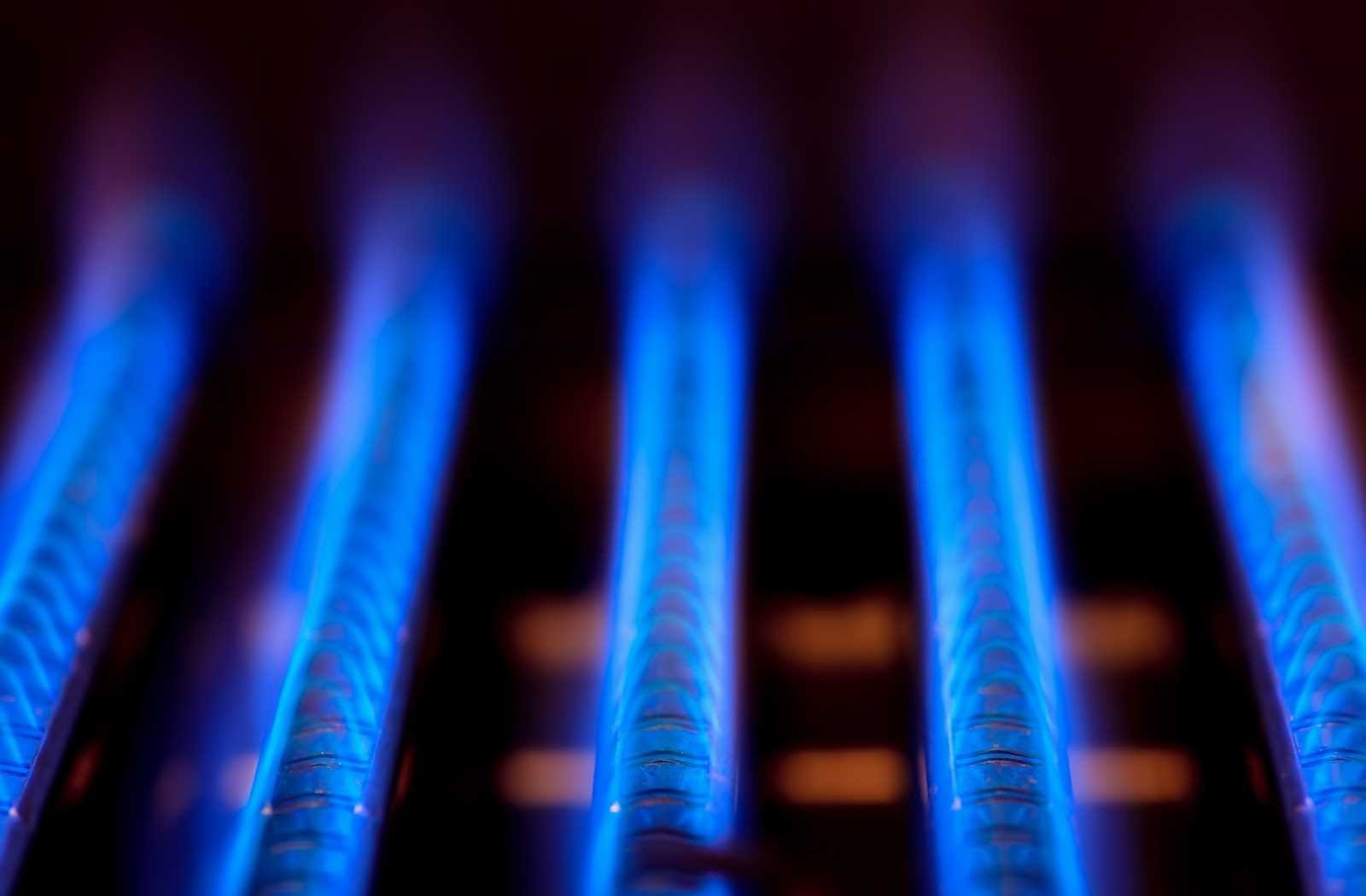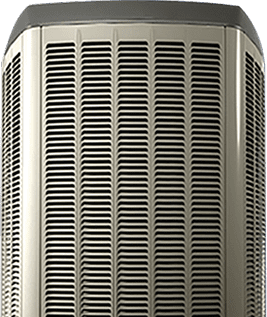What is HVAC red tagging

What is HVAC Red Tagging?
Of all the things a homeowner might hear from their HVAC technician, the phrase “I have to red-tag your furnace” is one of the most stressful. It sounds serious, final, and often comes as a complete surprise.
So, what is HVAC red tagging? If you’ve been told your equipment needs to be red-tagged, or if you’re just curious about what this industry term means, you’ve come to the right place. Understanding the red-tagging process is the first step to resolving the issue safely and efficiently.
At Haven Home, our priority is your safety. We believe in empowering homeowners with clear, honest information. This guide explains what a red tag is, why it happens, and exactly what you need to do next.
What is red-tagging?
First and foremost, a red tag is not a sales tactic. It is a formal safety warning mandated by the Technical Standards and Safety Authority (TSSA), the organization that governs fuel safety in Ontario. When a licensed gas technician identifies a fuel-burning appliance (like a furnace, water heater, or fireplace) that poses a safety risk, they are legally required by law to issue a warning tag.
This tag, officially called a “Warning Tag,” is attached to the appliance to clearly indicate that it is unsafe to operate. There are two different types of red tags, and it’s crucial to know the difference.
- Type A Tag (Immediate Hazard): This is the most serious warning. It means your appliance represents a clear and present danger to you and your family—most often due to a confirmed carbon monoxide (CO) leak or a major gas leak. When a Type A tag is issued, the technician must immediately shut off the gas supply to the appliance. The gas utility (like Enbridge) is notified, and the equipment cannot be turned on again until it has been repaired or replaced by a licensed professional.
- Type B Tag (Non-Imminent Hazard): This tag indicates that your appliance has a problem that needs to be fixed, but it doesn’t pose an immediate threat. This could be an issue with venting or a minor component failure. The tag will specify a timeframe (e.g., 30 or 60 days) within which you must have the appliance serviced. If the issue isn’t resolved within that period, the gas utility will be notified to suspend your gas service until the repair is made.
Why would my HVAC equipment be red tagged?
A technician will only ever issue a red tag for legitimate safety violations as defined by the TSSA gas code. The number one reason for a red tag, especially on a furnace, is a cracked heat exchanger.
The heat exchanger is the part of your furnace that separates the gas combustion process from the air that gets blown through your home. When it cracks—something that happens over time due to the metal expanding and contracting for years—it can allow deadly, colourless, and odourless carbon monoxide (CO) to mix with your home’s air.
Other common reasons for a red tag include:
- Carbon Monoxide Leaks: Confirmed presence of CO in your home’s air.
- Improper Venting: The system isn’t safely exhausting combustion gases outside.
- Gas Leaks: Any leak in the gas line or connections to the appliance.
- Faulty Safety Controls: Critical safety features on the appliance are not working correctly.
- Fire Hazards: Issues with wiring or soot buildup that could lead to a fire.
What are the signs I should look for that show my equipment isn’t safe?
While some hazards can only be detected by a professional, there are several warning signs you can look for yourself:
- Changes in the Burner Flame: The flame in your furnace or gas appliance should be a steady blue. A flickering, yellow, or orange flame can indicate a problem.
- Soot or Black Stains: Look for black streaks or soot buildup on or around your furnace, vents, or chimney.
- Excessive Moisture: Unexplained moisture on windows, walls, or other cold surfaces can be a sign of improper combustion venting.
- Physical Symptoms of CO Exposure: Carbon monoxide poisoning mimics flu-like symptoms. If you or your family frequently experience headaches, dizziness, nausea, or sleepiness only when at home, it is an urgent red flag.
- Strange Smells: While CO is odourless, you might smell other fumes from an improperly functioning appliance. If you ever smell rotten eggs, that is the scent added to natural gas—leave your home immediately and call your gas utility from a safe location.
If you notice any of these signs, turn off your appliance and call a licensed HVAC professional right away.
What do I do next after my equipment is red flagged?
Receiving a red tag can be alarming, but there is a clear path forward.
- Do Not Use the Appliance: If you have a Type A tag, the appliance is already off. If you have a Type B tag, it’s safest to stop using the equipment until it can be inspected and repaired.
- Contact a Licensed HVAC Contractor: You are not obligated to use the company that issued the tag. You have the right to get a second opinion and a quote for the repair or replacement from any TSSA-licensed contractor you trust, like Haven Home.
- Decide to Repair or Replace: Your technician will explain the specific problem and your options. For an older furnace with a major issue like a cracked heat exchanger, replacement is almost always the safest and most cost-effective solution in the long run.
- Ensure the Issue is Resolved: Once the work is complete, your chosen contractor will clear the red tag and notify the gas utility that the hazard has been corrected.
Is there an appeals process if I don’t think my equipment should be red tagged?
Yes, there is. If you believe a red tag was issued in error, you can appeal the decision directly with the TSSA. You can contact them and request that one of their own inspectors visit your home to assess the appliance. The TSSA inspector’s decision will be final. This process ensures that homeowners are protected and that safety standards are applied fairly across the board.
Why would one technician red tag equipment that another technician might not? Am I being scammed by my HVAC company?
This is a common and valid question. While it can be frustrating, there are legitimate reasons for discrepancies.
- Experience and Diligence: A highly experienced and thorough technician may spot a hairline crack in a heat exchanger that a less experienced tech might miss. At Haven Home, our technicians receive continuous, rigorous training to spot even the most subtle signs of a hazard that others might miss.
- Judgment on Type B Issues: For a clear Type A hazard like a cracked heat exchanger, there should be no disagreement, the gas code is absolute. However, some Type B issues fall into a grey area. One technician might see a deteriorating vent pipe as a non-imminent (Type B) risk that needs to be addressed, while another might see it as acceptable for now.
- Commitment to Safety: At Haven Home, we always empower our technicians to prioritize customer safety above all else. We will never pressure a technician to ignore a potential hazard. The legal liability and, more importantly, the moral responsibility for your safety rests with the technician and their company. We are signing our name to that inspection, and we take that responsibility very seriously.
If you find yourself with a red-tagged appliance, remember that it’s about ensuring your home is safe.
If you have questions about a red tag, need a second opinion, or require a safe and reliable repair or replacement, contact the trusted experts at Haven Home. We’re here to provide clarity, options, and peace of mind.
